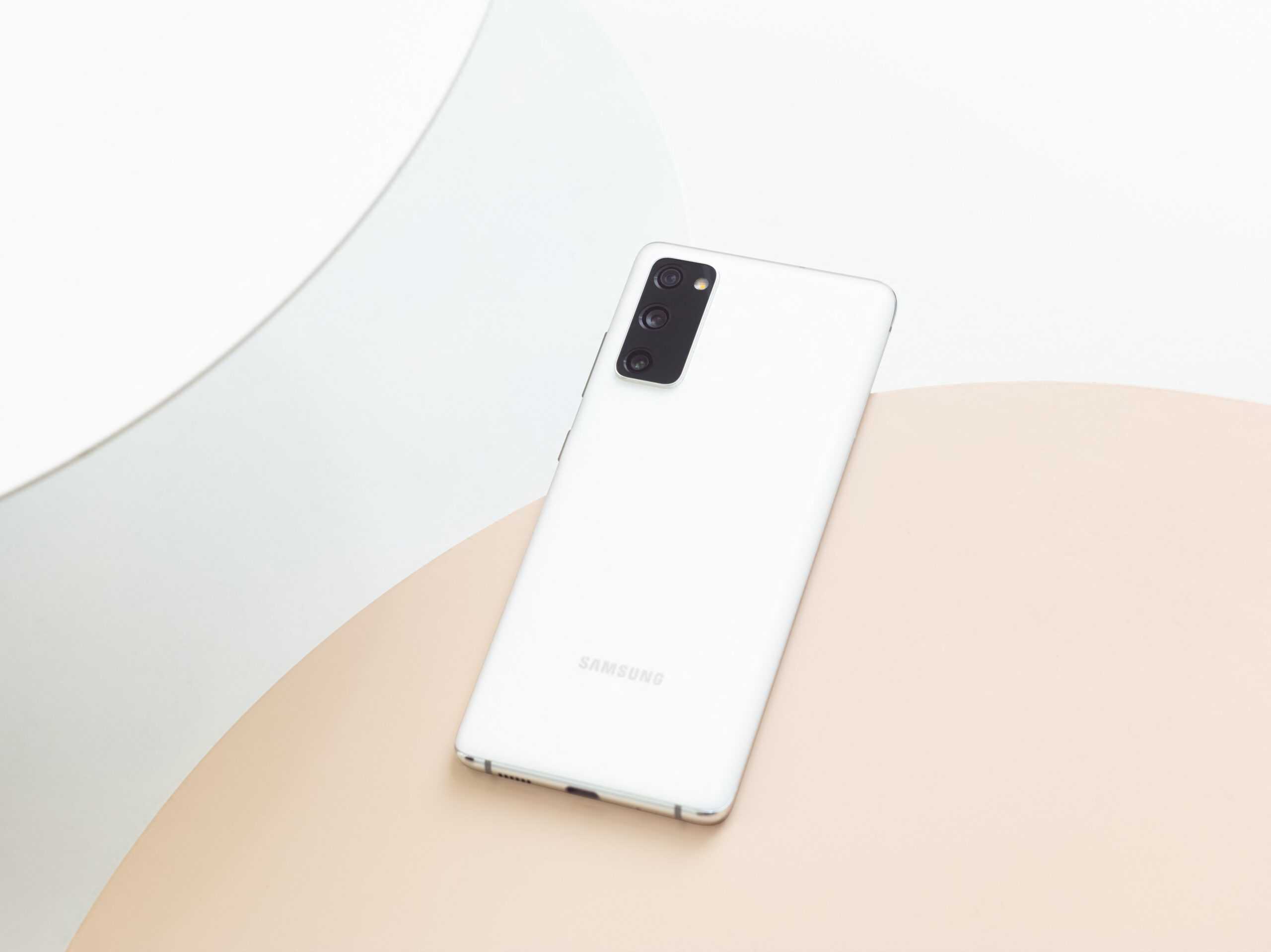Samsung’s new self-repair program hopes to increase its sustainability reputation for its Galaxy line of phones and tablets by giving consumers access to genuine repair parts and detailed illustrated step-by-step repair guides from the online repair community iFixit.
The mobile phone life cycle is not one that is particularly well known for its sustainability practices. With a business model that encourages annual contracts and trading in still working phones for a newer model every year or two, it leads to increased electronic waste and drives manufacturers to produce ever-increasing numbers of new phones. That said, more and more consumers are now holding onto their current smartphones for longer rather than making annual upgrades for incremental feature gains.
The self-repair program enables consumers to make repairs themselves and extend the life of their products. Some of the repairs made possible by this program include replacing display assemblies, back glass, and charging ports. Moreover, consumers will be able to return used parts to be properly recycled, keeping them out of landfills and reducing hazardous electronic waste. While initially only available for the Galaxy S20 and S21 family of phones and Galaxy S7 Tab, there are plans to extend the self-repair plan to other products in the extensive Samsung portfolio in the future.
The self-repair program follows other recent sustainability initiatives at Samsung, such as using materials made from recycled fishing nets in the latest Galaxy smartphones, and its pledge to remove all single-use plastics from its packaging by 2025.
Samsung’s self-repair announcement follows Apple’s introduction of their own Self Repair Service last November, which empowers consumers to repair their iPhone 12 or iPhone 13. It’s part of a growing “right to repair” movement which seeks to give consumers the ability to repair their devices themselves or through third-party professional repair providers. Currently, with many manufacturers, it is difficult to get hands on the required parts, tools, or manuals to perform repairs. “Right to Repair” seeks to remedy this by requiring manufacturers to make repair manuals and parts available to authorized repair providers.
Interpret’s New Media Measure® data shows that Apple and Samsung smartphone owners more strongly agree with the statement “I like when brands have an environmentally friendly or sustainable business model.” On a 0-10 scale, where 10 is “completely agree,” 48% of Apple smartphone owners and 44% of Samsung smartphone owners selected 8 or higher compared to 36% of the general population. Introducing sustainability practices such as a self-repair program is likely to delight a large portion of their existing customer base and could influence purchase decisions among younger consumers as the climate change conversation grows louder.
Ready to level up your career? Check out our Careers page for current openings and join our squad of Fun Scientists!




